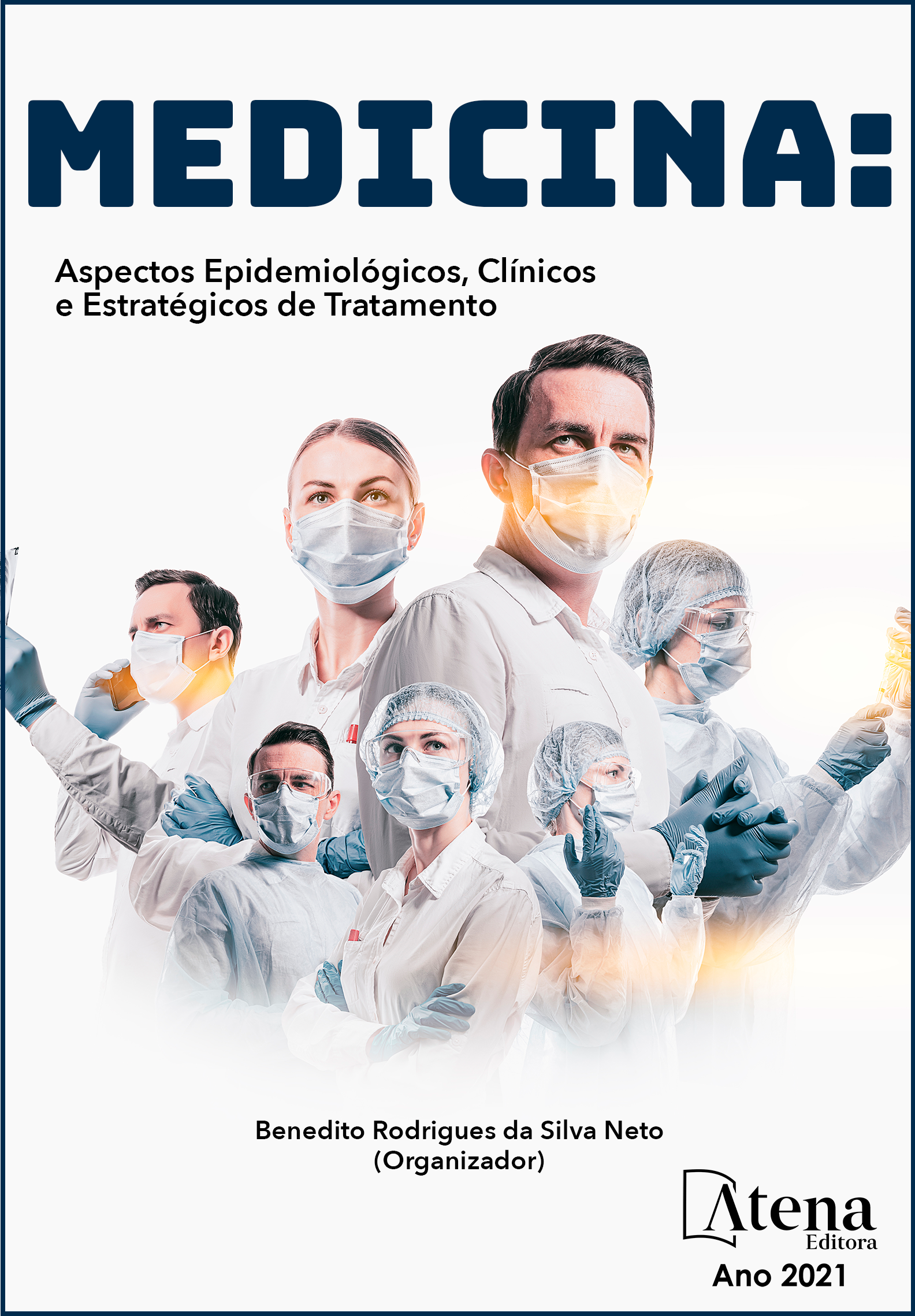
ESTRATÉGIAS GERAIS PARA O USO DE PRODUTOS TÓPICOS NO TRATAMENTO DA ALOPECIA ANDROGENÉTICA
O afinamento progressivo dos fios, a miniaturização folicular e a perda gradual de cabelo proporcionada pela alopecia androgenética (AAG) podem ser relacionados a diversos fatores, destacando-se os genéticos e hormonais como os que mais aumentam o risco de predisposição a AAG. Afeta homens e mulheres, sendo mais prevalente em homens e é também o tipo de alopecia mais comum que atinge ambos os sexos. Essa alteração dermatológica possui um grande impacto negativo no bem-estar social e psicológico dos pacientes. Os principais objetivos do tratamento da AAG incluem desacelerar a evolução da perda definitiva e do afinamento do cabelo, aumentar a cobertura do couro cabeludo e melhorar a qualidade e espessura dos fios. No entanto a inconveniência da utilização de medicamentos diários e os efeitos colaterais diminuem a adesão do paciente ao tratamento com medicação de uso oral. Em contrapartida, cada vez mais o uso de formulações tópicas se torna uma alternativa, incluindo formulações que utilizam bases especificas de shampoos, elaborados como veículo de carreamento de ativos para a via folicular, devido a ação positiva de seus tensoativos no rompimento das barreiras de sebo do couro cabeludo, demonstrando resultados promissores para o manejo da AAG, já que a biodisponibilidade dos ativos pela via folicular é extremamente importante para o tratamento. Sendo assim, o objetivo desse estudo é avaliar as estratégias gerais para o uso de produtos tópicos no tratamento da alopecia androgenética. Devido às desvantagens das terapias orais e o baixo índice de adesão ao tratamento. Tendo como fator de relevância a ser ressaltado que a aplicação no comprimento dos fios não alcança efetividade fisiológica no tratamento de AAG, desta forma todos os resultados apresentados na literatura disponível, refere-se a ativos veiculados através da aplicação tópica no couro cabeludo, fator essencial para a efetividade do tratamento tópico.
ESTRATÉGIAS GERAIS PARA O USO DE PRODUTOS TÓPICOS NO TRATAMENTO DA ALOPECIA ANDROGENÉTICA
-
DOI: 10.22533/at.ed.61921140514
-
Palavras-chave: alopecia androgenética; tratamento; cafeína; shampoo; cafeína
-
Keywords: androgenetic alopecia; treatment; caffeine; shampoo
-
Abstract:
The progressive thinning of the threads, follicular miniaturization and the gradual loss of hair caused by androgenetic alopecia (AGA) can be related to several factors, especially the genetic and hormonal ones that most increase the risk of predisposition to AGA. It affects men and women, being more prevalent in men and is also the most common type of alopecia that affects both sexes. This dermatological alteration has a major negative impact on patients' social and psychological well-being. The main goals of AAG treatment include slowing the evolution of permanent hair loss and thinning, increasing the coverage of the scalp and improving the quality and thickness of the strands. However, the inconvenience of using daily medications and side effects decrease the patient's adherence to treatment with oral medication. On the other hand, more and more the use of topical formulations becomes an alternative, including formulations that use specific bases of shampoos, elaborated as a vehicle for carrying assets to the follicular pathway, due to the positive action of its surfactants in breaking down sebum barriers. scalp, showing promising results for the management of AGA, since the bioavailability of the assets through the follicular route is extremely important for the treatment. Therefore, the objective of this study is to evaluate the general strategies for the use of topical products in the treatment of androgenetic alopecia. Due to the disadvantages of oral therapies and the low rate of adherence to treatment. Having as a relevant factor to be emphasized that the application in the length of the strands does not reach physiological effectiveness in the treatment of AGA, in this way all the results presented in the available literature, refers to assets transmitted through the topical application on the scalp, an essential factor for the effectiveness of topical.
-
Número de páginas: 13
- Mariane Parma Ferreira de Souza
- Jackeline Alecrim


